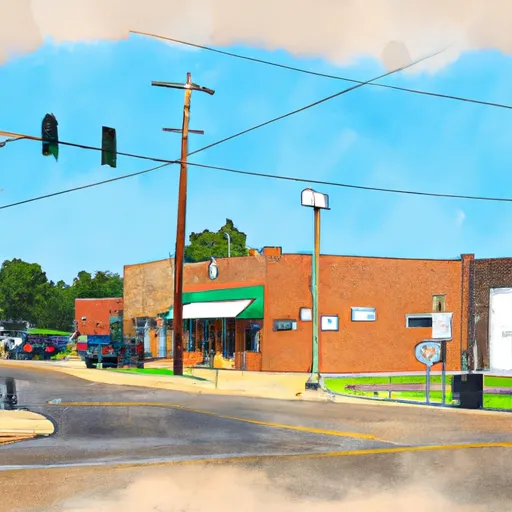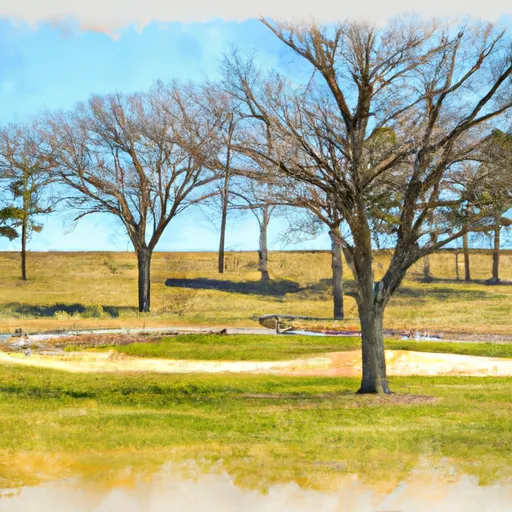°F
°F
mph
Windspeed
%
Humidity











Alderson, Oklahoma has a humid subtropical climate characterized by hot summers and mild winters. The town sits on the banks of the Kiamichi River, which provides a variety of outdoor recreation opportunities such as fishing, kayaking, and swimming. The river also supports a diverse aquatic ecosystem consisting of various fish species, including catfish, bass, and crappie. Alderson is situated in a region with a high concentration of abandoned coal mines, which can pose a risk to the water quality due to the presence of acid mine drainage. However, the state and federal environmental agencies have been working to mitigate this issue. Overall, Alderson offers a scenic location for outdoor enthusiasts to enjoy the region's natural beauty.
Weather Forecast
Alderson receives approximately 1120mm of rain per year, with humidity levels near 83% and air temperatures averaging around 17°C. Alderson has a plant hardyness factor of 7, meaning plants and agriculture in this region tend to thrive during the non-winter months.
Regional Streamflow Levels
28
Cubic Feet Per Second
227
Cubic Feet Per Second
0
Cubic Feet Per Second
72
Cubic Feet Per Second
Nearby Camping
| Camping Area | Reservations | Toilets | Showers |
|---|---|---|---|
| Murphys Meadow Military - McAlester | |||
| Rattan Landing - Hugo Lake | |||
| Lamar Point - Pat Mayse Lake | |||
| Arrowhead State Park | |||
| Sanders Cove - Pat Mayse Lake | |||
| Pat Mayse East - Pat Mayse Lake |



